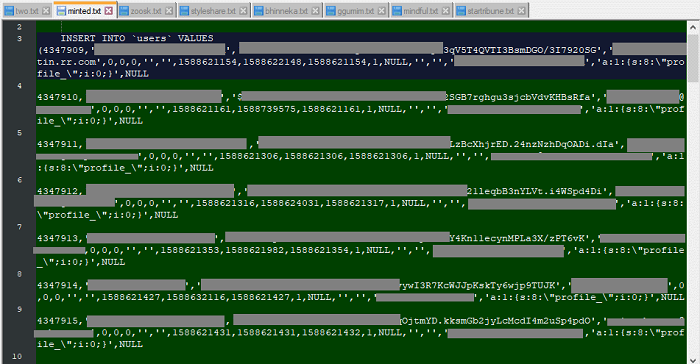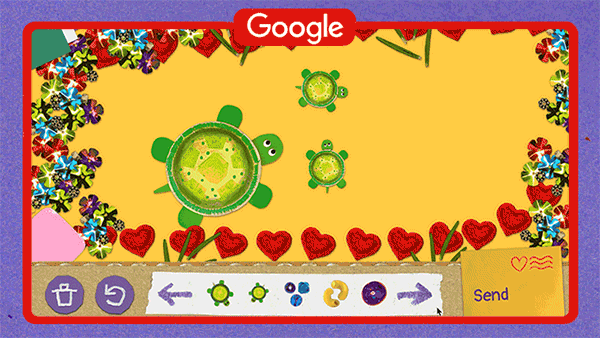1原型链继承
所有的javascript 都会继承一个prototype原型对象 继承原型对象上的属性和方法。
例如:
date 对象 从Date.prototype 原型对象上继承属性和方法
array 对象 从Array.prototype 原型对象上继承属性和方法
要继承 必须有父类 ----子类继承父类 继承父类的属性和方法
特点:实例可以继承自身实例的属性 父类里面的构造函数属性 父类的原型属性
缺点:不能继承子类的原型属性和方法
太单一 只能单继承 不能进行多继承
继承之后原型对象上的属性全部是共享的
子类不能直接向父类传递参数
function Person() { this.name; this.sex; this.sleep = function () { return "睡觉"; }; this.eat = function () { return "吃饭" } } //给父类添加原型属性和方法 Person.prototype.job = function () { return "工作"; }; Person.prototype.color = "黄"; function Child() { this.age = 20; } Child.prototype = new Person(); //核心 让子类的原型 等于 父类的实例对象 var child = new Child(); console.log(Child.prototype);//继承之后指向Person 对象 console.log(child instanceof Child); ///true console.log(child instanceof Person); //true2构造函数
直接使用call apply 继承
构造继承直接在子类的内部去写
优点: 可以实现多继承;可以向父类传递参数
缺点: 子类的实例是本身 不是父类;构造继承只能call apply 父类对象的构造属性和方法 不能复制原型属性和方法
//父类 function Animail(s, a) { this.sex = s; this.age = a; this.sleep = function () { return "睡觉"; } } //Animal 添加原型属性 Animail.prototype.color = "花色"; //动物类别类 function Type(t) { this.type = t; } //子类 function Cat(n, s, a, t) { this.name = n; this.eat = function () { return "吃东西" } Animail.call(this, s, a); Type.apply(this, [t]); } //实例化子类对象 var cat = new Cat("小猫", "公", 2, "猫科"); //类对象在实例化的时候会直接执行自身的构造函数 console.log(cat); /检测构造继承里面的类别问题 console.log(cat instanceof Cat);//true console.log(cat instanceof Animail);//false console.log(cat instanceof Type);//false3实例继承
原理是在子类里面直接构造父类的实例
优点:可以传递给父类参数 不限制调用的方式
缺点:不能多继承;不能拿到子类的构造属性和方法
实例继承 子类的实例不是本身而是父类
//父类 function Person(n, s) { this.name = n; this.sex = s; this.sleep = function () { console.log(this.name + "睡觉"); } } //子类 function Child(n, s) { var per = new Person(n, s); return per; } //实例化子类对象 var child = new Child("张三", "女"); console.log(child instanceof Child);//false console.log(child instanceof Person);//true4拷贝继承
原理是 将父类里面的属性方法拷贝给子类
子类的实例是本身 不是父类
子类向父类传递参数
可以支持多继承
function Animal(n) { this.name = n; this.sleep = function () { return this.name + "睡觉" } } function Cat(n, a) { this.age = a; //拷贝 var animal = new Animal(n); for (var p in animal) { Cat.prototype[p] = animal[p]; } //继续new 别的对象 进行拷贝 } /* Cat.prototype.name=""; Cat.prototype.sleep=function (){ };*/ //实例化子类 var cat = new Cat("小花", 3); console.log(cat); console.log(cat instanceof Cat);//true console.log(cat instanceof Animal);//false5组合继承
构造继承+原型链继承
子类的实例即是本身也是父类
没有原型对象属性的共享
实现多继承
调用了两次父类的构造函数
function Person(n) { this.name = n; this.sleep = function () { return this.name + "睡觉"; } } Person.prototype = { job: function () { return this.name + "job"; } } function Child(n, a, s) { this.age = a; this.sex = s; //构造继承 Person.call(this, n); } //原型链继承 Child.prototype = new Person(); var child = new Child("张三", 18, "男"); console.log(child); console.log(child instanceof Child); //true console.log(child instanceof Person);//true6寄生组合继承
是处理组合继承的缺点 避免两次调用父类的构造函数
原理是把父类的原型给予一个空对象的原型
子类对象的实例即是本身也是父类
function Person(n) { this.name = n; this.sleep = function () { return this.name + "睡觉"; } } console.log(Person.prototype); function Child(n, a) { this.age = a; this.eat = function () { return this.name + "吃饭" } Person.call(this, n); } //寄生 (function () { var fn = function () { }; //将父类的原型对象给予空对象 fn.prototype = Person.prototype; Child.prototype = new fn(); })(); var child = new Child("李四", 20); console.log(child); console.log(child instanceof Child); //true console.log(child instanceof Person); //true- 版权声明:文章来源于网络采集,版权归原创者所有,均已注明来源,如未注明可能来源未知,如有侵权请联系管理员删除。




